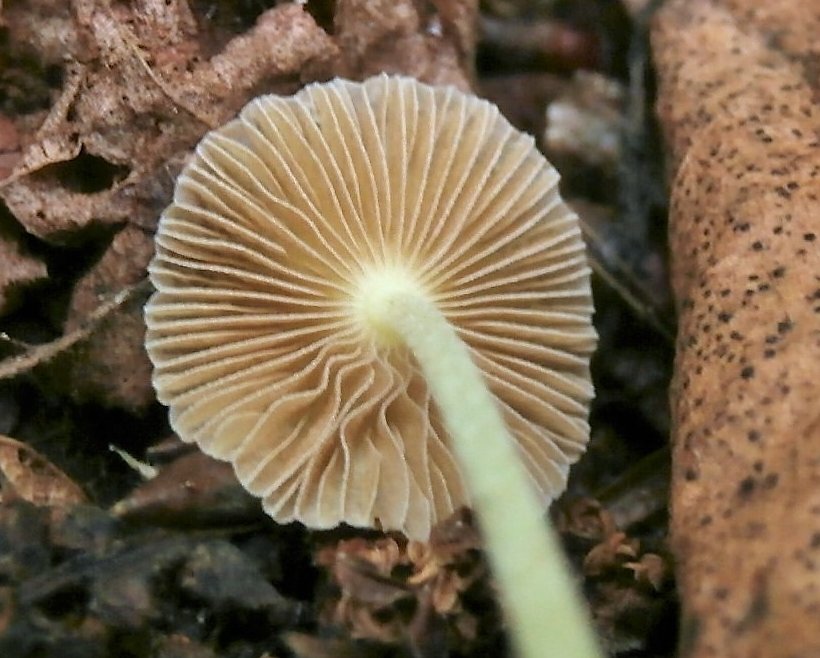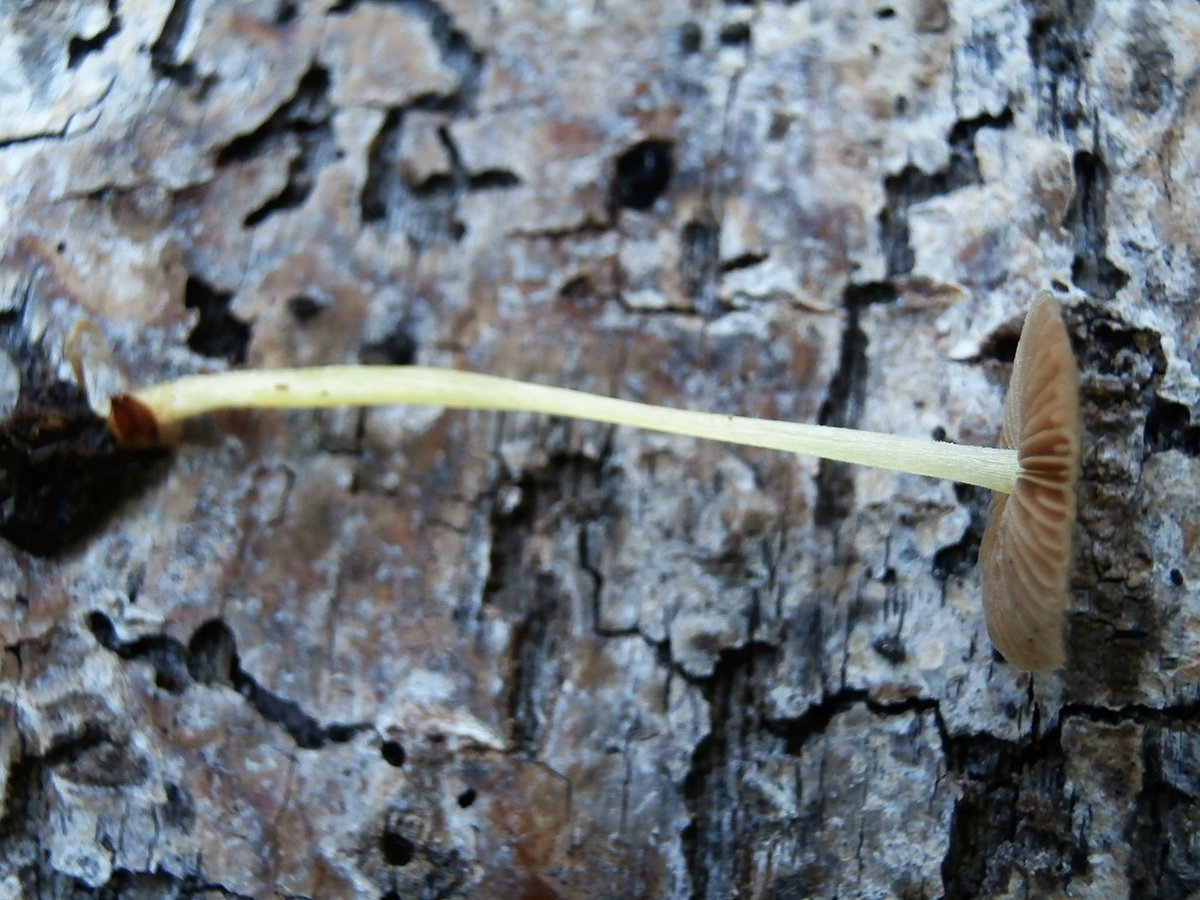Bolbitus golden (Bolbitius trembling)
- Division: Basidiomycota (Basidiomycetes)
- Subdivision: Agaricomycotina (Agaricomycetes)
- Class: Agaricomycetes (Agaricomycetes)
- Subclass: Agaricomycetidae (Agaricomycetes)
- Order: Agaricales (Agaric or Lamellar)
- Family: Bolbitiaceae (Bolbitiaceae)
- Genus: Bolbitius (Bolbitus)
- Type: Bolbitius titubans (Golden Bolbitus)
- Agaric trembling
- Prunulus titubans
- Pluteolus titubans
- Pluteolus tubatans var. trembling
- Bolbitius vitellinus subsp. trembling
- Bolbitius vitellinus var. trembling
- Yellow agaric

Golden bolbitus is widely distributed, one might say, everywhere, but it cannot be called widely known because of the strong variability, especially in size. Young specimens have a characteristic egg-shaped yellow cap, but this shape is very short-lived, the caps soon become bulbous or broadly conical, and eventually more or less flat.
Strong, dense mushrooms grow on manure and heavily fertilized soils, while fragile and rather long-legged ones can be found in grassy areas with less nitrogen.
Characteristics that are not very variable and should probably be relied upon for accurate identification include:
- Rust brown or cinnamon brown (but not dark brown) spore powder imprint
- Slimy cap, almost flat in adult mushrooms
- No private cover
- Blades that are pale when young and rusty brown in mature specimens
- Smooth elliptical spores with a flattened end and “pores”
- The presence of brachybasidiol on the plates
Bolbitius vitelline traditionally separated from Bolbitius titubans on the basis of its thicker flesh, less ribbed cap and whiter stem – but mycologists have recently synonymized the two species; Since “titubans” is an older name, it takes precedence and is currently used.
Bolbitius expanded is a yellow-stemmed taxon with a greyish-yellow cap that does not retain the yellowish center at maturity.
Bolbitius varicolor (perhaps the same as Bolbitius vitellinus var. Olive) with a “smoky-olive” hat and a finely scaly yellow leg.
Various authors have synonymized one or more of these taxa with Bolbitius titubans (or vice versa).
In the absence of clear ecological or molecular data to clearly separate Bolbitius aureus from several similar Bolbitus, Michael Kuo describes them all in one article and uses the most widely known species name, Bolbitius titubans, to represent the entire group. There could easily be several ecologically and genetically distinct species among these taxa, but there are serious doubts that we can accurately identify them by stem color, slight differences in spore size, and so on. Comprehensive, rigorous documentation of the ecology, morphological changes, and genetic differences in hundreds of specimens from around the world is required.
The author of this article, following Michael Kuo, believes that the exact definition is extremely difficult: after all, we can not always get microscopy of spores.
head: 1,5-5 centimeters in diameter, in young mushrooms ovoid or almost round, expanding with growth to broadly bell-shaped or broadly convex, eventually flat, even slightly depressed in the center, while often retaining a small tubercle in the very center.
Very fragile. Mucous.
The color is yellow or greenish yellow (sometimes brownish or grayish), often fading to grayish or pale brown, but usually retaining a yellowish center. The skin on the cap is smooth. The surface is ribbed, especially with age, often from the very center.
Often there are specimens in which, when the mucus dries, irregularities in the form of veins or “pockets” form on the surface of the cap.
Young mushrooms sometimes show a rough, whitish cap margin, but this appears to be the result of contact with the stalk during the “button” stage, and not the remains of a true partial veil.
Records: free or narrowly adherent, medium frequency, with plates. Very fragile and soft. The color of the plates is whitish or pale yellowish, with age they become the color of “rusty cinnamon”. Often gelatinized in wet weather.

Leg: 3-12, sometimes even up to 15 cm long and up to 1 cm thick. Smooth or slightly tapering upwards, hollow, fragile, finely scaly. The surface is powdery or finely hairy – or more or less smooth. White with yellowish apex and/or base, may be slightly yellowish all over.

Pulp: thin, brittle, yellowish color.
Smell and taste: do not differ (weak mushroom).
Chemical reactions: KOH on the cap surface from negative to dark gray.
Spore powder imprint: Rusty brown.
Microscopic Features: spores 10-16 x 6-9 microns; more or less elliptical, with a truncated end. Smooth, smooth, with pores.
Saprophyte. Golden bolbitus grows singly, not in clusters, in small groups on manure and in well-manured grassy places.
Summer and autumn (and winter in warm climates). Widely distributed throughout the temperate zone.
Due to its very thin flesh, Bolbitus aureus is not considered a fungus with nutritional value. Data on toxicity could not be found.
Photo: Andrey.









